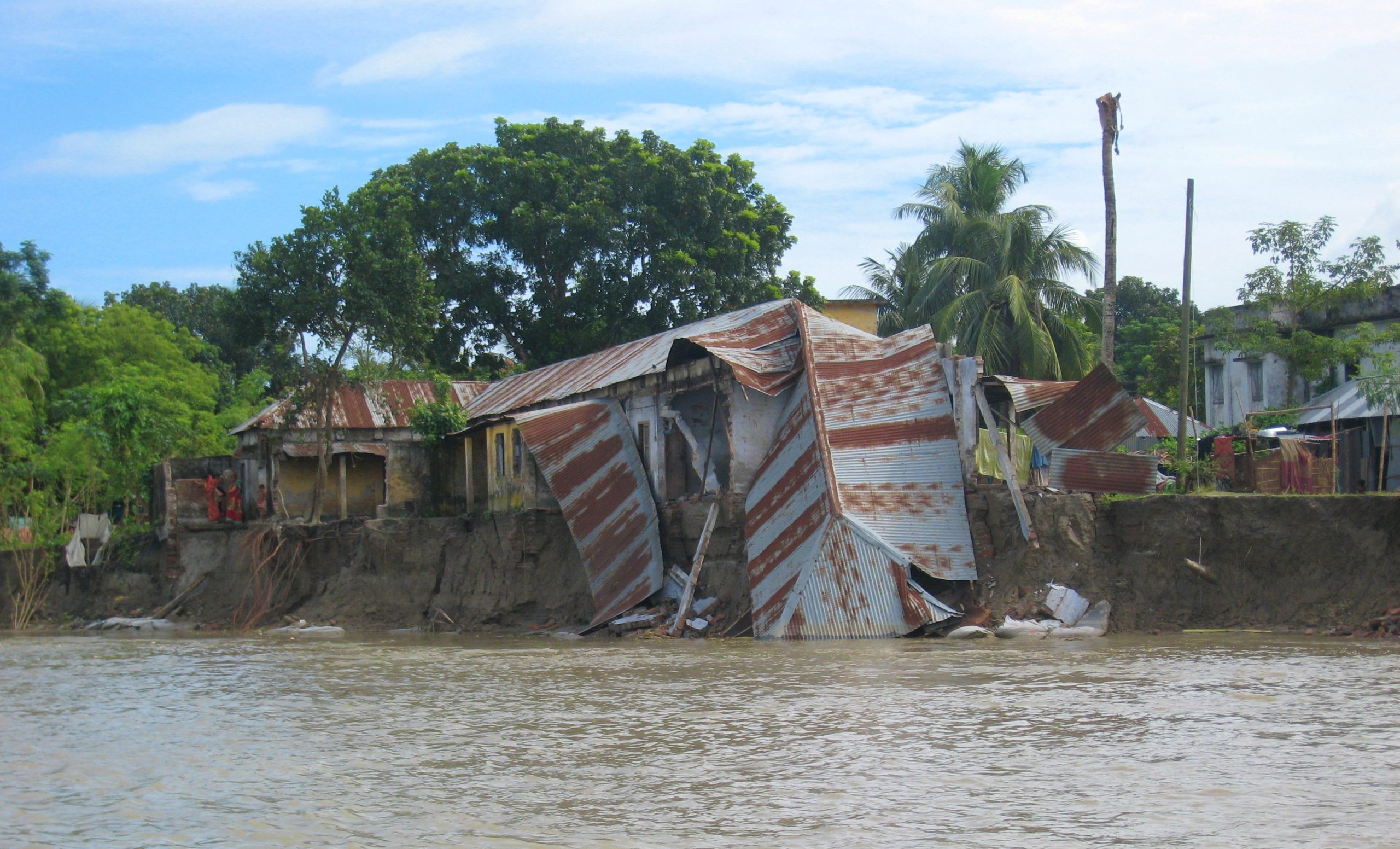Disaster resilience and climate change adaptation

Disaster impacts and resilience
Empowering Communities to Thrive
Living in high-risk areas, such as riverbanks, coastal frontiers, and steep-slope hilly terrains, exposes communities to a range of disasters. These disasters often result from both natural hazards and the vulnerability of people to cope with these hazards. A systematic review of vulnerability, exposure, and hazards provides deep insights into how disasters manifest differently within distinct physical, social, and economic contexts.
South Asia: A Hub of Disaster Impacts and Resilience
Learning from the Region
The South Asian region stands as a major disaster impact zone globally. However, it is also rich in its capacity to manage and respond to disasters effectively. At Science Connect, we recognize the critical importance of understanding the risk environment to better manage current and impending disasters. We place high value on regional experience sharing, promoting South-South dialogue to strengthen disaster resilience.
Bangladesh: A Success Story in Disaster Risk Management (DRM)
Achievements in Resilience
Bangladesh has a wealth of experience to share when it comes to Disaster Risk Management (DRM). The country has achieved commendable success in this field, driven by accomplishments at the national level:
1. Effective Policy Formulation: Bangladesh has developed and implemented policies like the State of Disaster (SOD) 2019, National Plan for Disaster Management (NPDM) 2020-2025, and the Disaster Management Act 2012.
2. Institutional Building: Institutions like the Ministry of Disaster Management and Relief (MoDMR) and the Department of Disaster Management (DDM) have been created and reformed to enhance disaster management.
3. Resource Allocation: Bangladesh has channeled resources into disaster risk reduction, including food and monetary support through Social Safety Net Programs.
4. Early Warning Systems: The country has invested in early warning mechanisms, especially for floods and cyclones.
5. Infrastructure Development: Bangladesh has focused on building infrastructure for disaster risk mitigation, such as embankments and cyclone and flood shelters.
Our Expertise
- In-Depth Review: Experts at Science Connect have conducted comprehensive reviews of these achievements, including disaster risk assessment tools like CRA/RRAP.
- Response and Recovery: We examine disaster response activities during disaster occurrences and post-disaster recovery efforts.
Climate Change
Science Connect pays big attention on the science of climate change, the impact conditions and adaptation and mitigation activities. The organization believes that climate change induced impacts are complicated in nature, cumulative in formation and thus difficult in interpretation. In common practice, the impact conditions are expressed in sector specific, disconnected fashion and thus creating obstacles to understand the problems in totality. It happens due to the fact that climate change is a slow-progressive phenomenon and bring subtle changes in the interacting (and cascading) systems which is sometimes difficult to notice until it creates big disturbances on general systems.
The impacts are seen when cumulative impacts cross threshold levels and cause disruption in various systems (fluvial, hydro-meteorological, climatic, socio-economic) and make people and their environment vulnerable in many ways. This incomplete and sometimes misreading of climate change has consequences in developing appropriate impact reduction policies by agencies in concern to address the challenges and finally resulted in vulnerability of people to continue towards uncertainty.
Based on the experience of experts on climate change, Science Connect offers a range of services to the clients – these include (i) undertaking high quality research on different dimensions of climate change, (ii) implementation of field level programs on mitigation (e.g. large scale tree planation, providing technical services for establishing solar photovoltaic units) and adaptation, (iii) develop carbon neutral strategies for agencies (e.g. calculating carbon foot-prints, develop time-target and step-by-step strategies towards green operation, develop climate concerned narratives for organizations based on reviewing the activities the agencies perform etc. which they could use for outreach and communications).
Join Us in Strengthening Resilience
Science Connect invites you to join us in our mission to empower communities and build resilience in the face of disasters. Explore our expertise, engage in dialogue, and be part of our efforts to create a more resilient future. [Discover Our Disaster Resilience Services]
Become Our Partner
There are various ways you can contribute to our goal, whether you want to join our team, form a partnership, or contribute to our purpose. Go to contact
